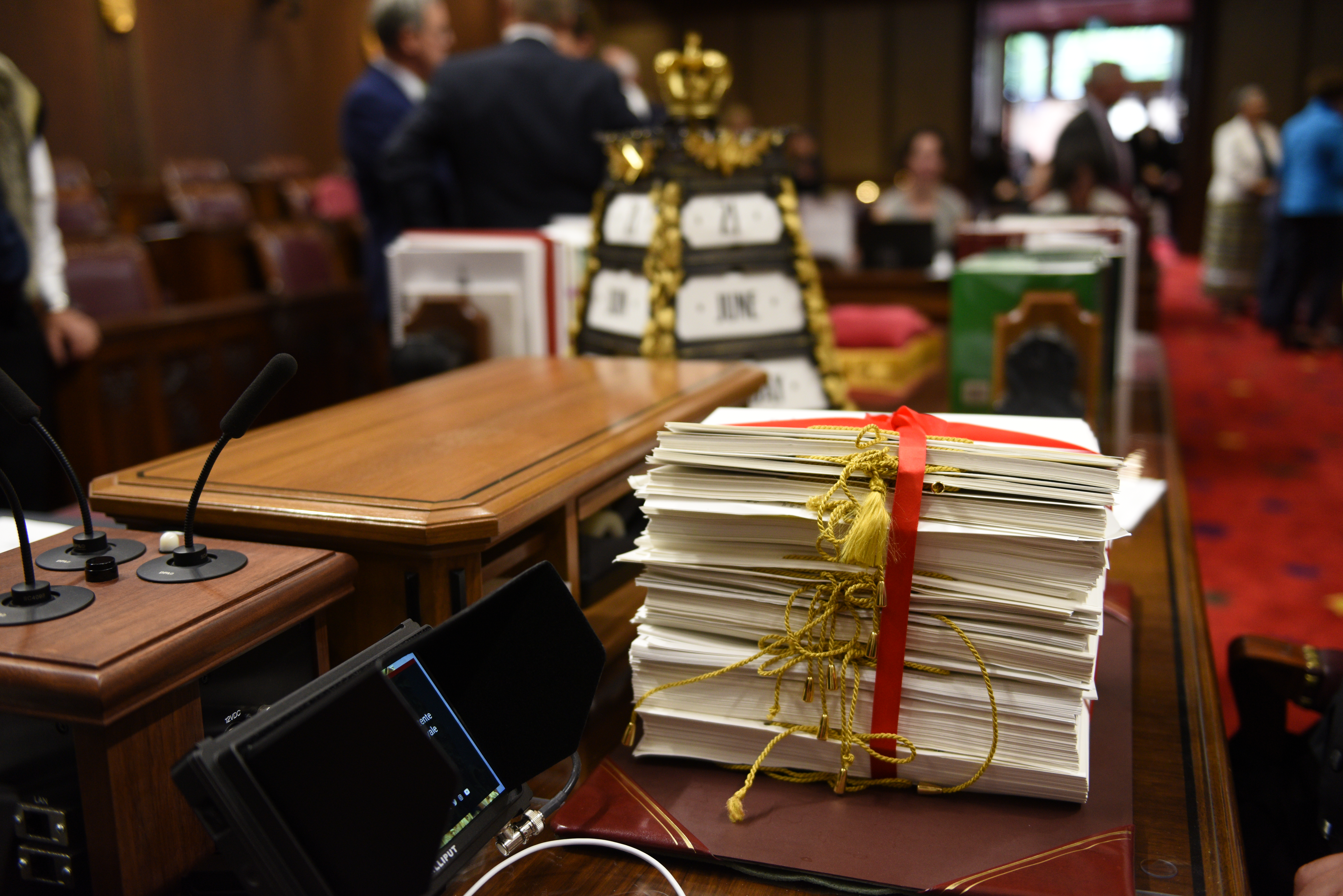Senate Bill S-1 evokes parliamentary tradition and Canada’s past

Many rituals take place during the opening of a new parliamentary session, but few are as obscure — or as fascinating — as the introduction of Bill S-1, An Act relating to Railways.
Bill S-1 is always the first bill to be introduced in a new session; it comes right after the Speech from the Throne. But while most bills are studied, debated and voted on by senators, Bill S-1 is never intended to pass into law.
Why? Because Bill S-1 is a symbol of the Senate’s right to deliberate without interference from the Monarch. By introducing the bill, it shows that the Senate is able to deal with any matter of its choosing without having to follow the agenda announced in the Speech from the Throne.
Every new parliamentary session starts with a throne speech, which outlines the government’s agenda for the upcoming session. The speech is given in the Senate Chamber — usually by the governor general, who is the Monarch’s representative in Canada (Queen Elizabeth II has personally read the throne speech twice, in 1957 and 1977). It is, however, the Prime Minister’s Office that writes the speech.
When the speech is over, the Senate is free to work as it pleases, subject to the Rules of the Senate and the Constitution. So, to reinforce its independence from the Crown, the Senate moves directly to first reading of Bill S-1.
The Senate never proceeds further with the bill as its purpose has been fulfilled until the next parliamentary session. This reflects the ancient British practice of a parliamentary house asserting its right to deal with its business as it sees fit.
Bills of this nature are known as pro forma bills — a Latin term meaning “for the sake of form” — and this practice is followed in other Westminster-type parliaments. This reflects their status as formalities rather than as actual pieces of legislation meant to be debated.
One question remains — why is this bill called An Act relating to Railways?
The answer to that question lies in history.
Bill S-1 dates back to Confederation in 1867. While the Fathers of Confederation created the Senate to ensure every region of Canada had a strong voice in Parliament, another unification project — the construction of the transcontinental Canadian Pacific Railway — was also underway.
The title of Bill S-1 hearkens back to those times and evokes Canada’s origins.
With that in mind, it is all the more appropriate that the Senate has moved to what is now called the Senate of Canada Building while its traditional home in Centre Block is being rehabilitated. Built in 1912, the Senate of Canada Building was originally Ottawa’s central train station.


